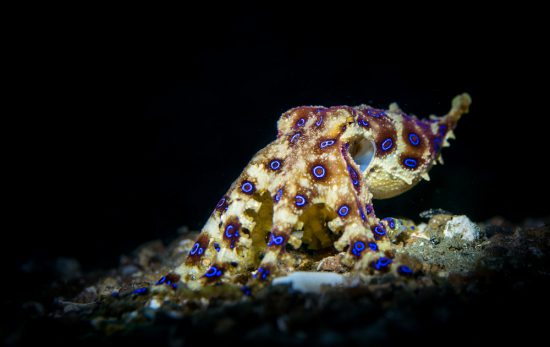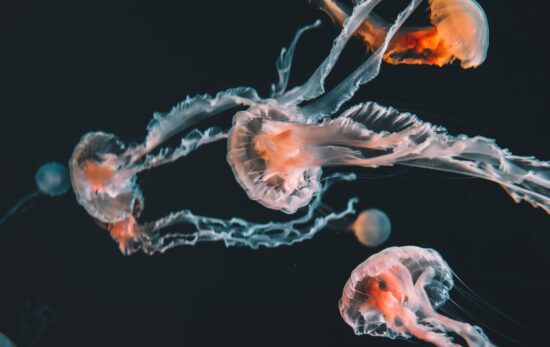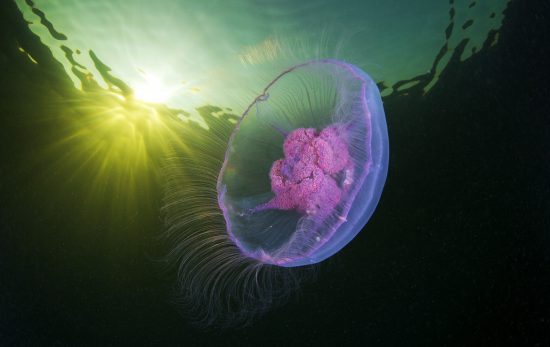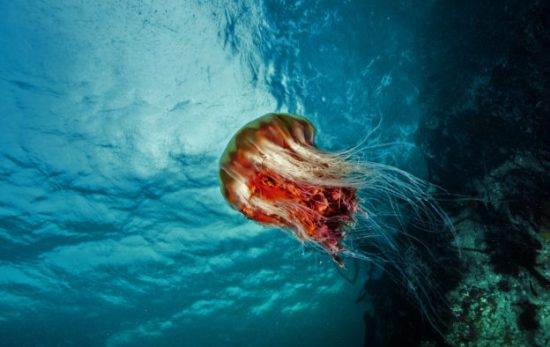To a diver, a jellyfish can inspire both awe and fear. They are undeniably one of the loveliest creatures in the sea, undulating with a graceful rhythm and trailing an elegant veil of oral arms. Yet, their sting is terrifying, especially if you happen to come across a fierce one without a wetsuit for protection. But there’s much more about jellyfish that’s surprising. Keep reading for some of the best jellyfish facts.
Jellyfish Are The Most Efficient Swimmers We Know
Sure they don’t move fast, but they do move well. Compared to a muscular salmon, moon jellyfish use three and a half times less energy to travel the same distance. Their secret is in their wiggle, which creates a zone of low pressure in front of the jellyfish that sucks the animal through the water like pulling soda up a straw.
A Jellyfish’s Stinging Cell Fires With the Fastest Motion in the Animal Kingdom
When you drop a pen to the floor that’s 1 g. A Ferrari accelerates from 0 to 60 mph in 3 seconds. That’s 3 g. A jellyfish’s stinging cell fires with an acceleration of 5 million g. It takes just 700 nanoseconds for the stinger to hit its mark. Jellyfish and their cousins, corals and sea anemones, have about 30 different styles of stinging cells, adorned with all varieties of barbs and spines.
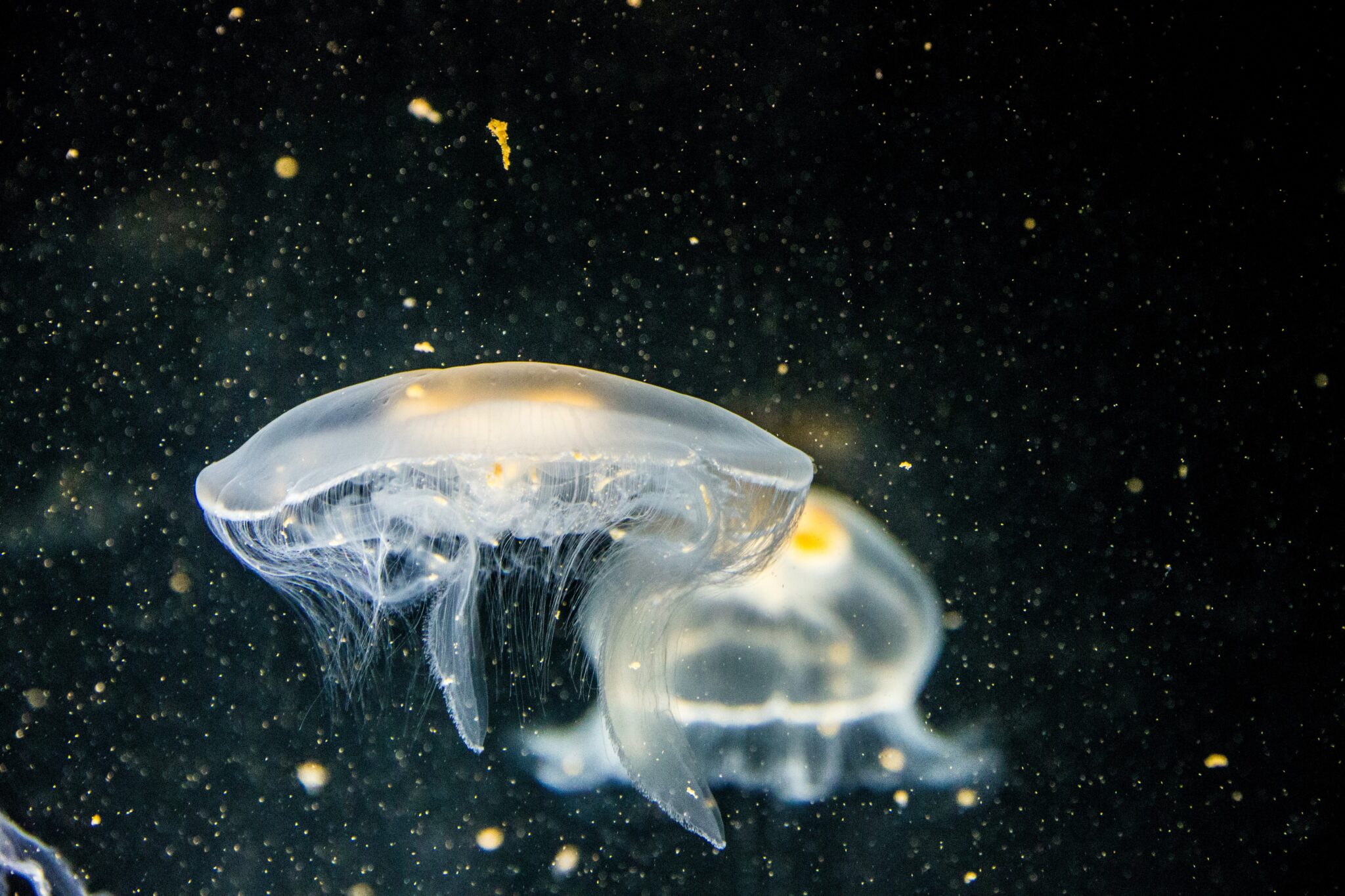
Jellyfish Can See
If you look very closely at the edge of a jellyfish’s umbrella, you’ll see small organs called rhopalia. They contain the jellyfish’s sensory structures: not just light organs, but also a balance organ, a current sensor, and chemical receptors. Box jellyfish have four rhopalia, each with 6 eyes, making for a total of 24. Eight of those have a fully functional lens, a retina, and an iris that opens and closes like ours does when it gets brighter and darker.
Jellyfish Aren’t Just for Sea Turtles Anymore
Sea turtles are well-known for eating jellyfish, and leatherbacks live their whole lives on a strict jellyfish diet. The world’s largest bony fish, the massive mola mola or sunfish, also favors jellies. And recent research has discovered that lots of fish, including tuna and bream, eat their share of jellies, too. New studies have found that even penguins and albatrosses have a taste for gelatinous fare.
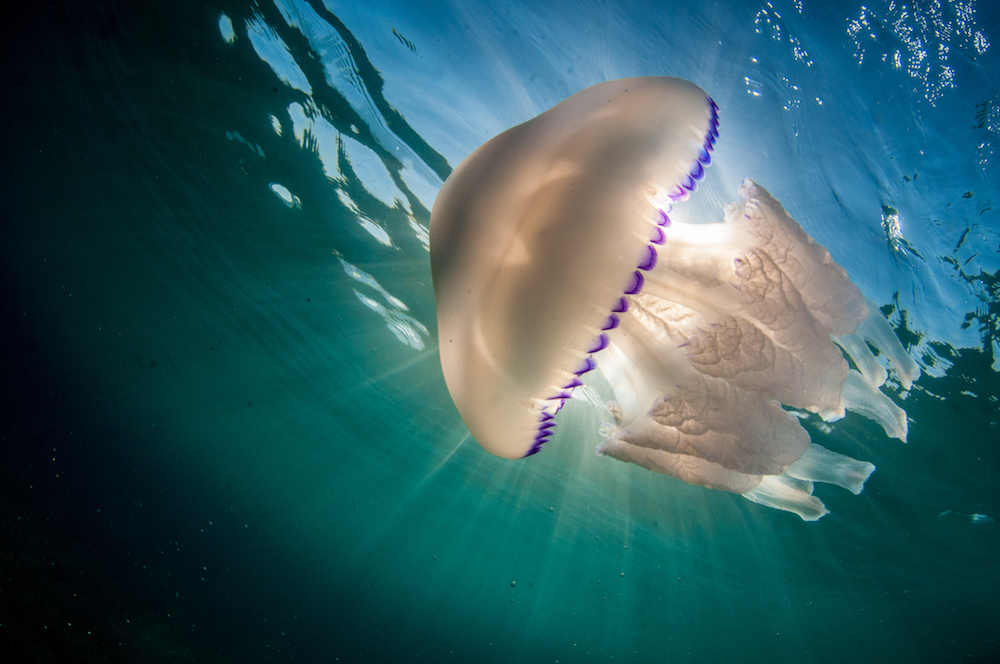
Some Jellyfish May Be Immortal
Yes, seriously! The little Turritopsis dohrnii jellyfish from Japan, discovered in 1988, has effectively learnt to defy mother nature and cheat death. When injured or aged, the cells of this jellyfish are able to regenerate completely, repairing the body of the organism. Interestingly, scientists are continually studying this species to determine if it can provide aid to human medical research for cancer treatments and more.
Jellyfish Are Older than Dinosaurs
Long before the time of humans, dinosaurs roamed the earth. And even before that, jellyfish populated the oceans! Some scientists even believe jellyfish may have existed 700 million years ago. They’ve determine this by carbon dating a discovery of very rare soft fossils.
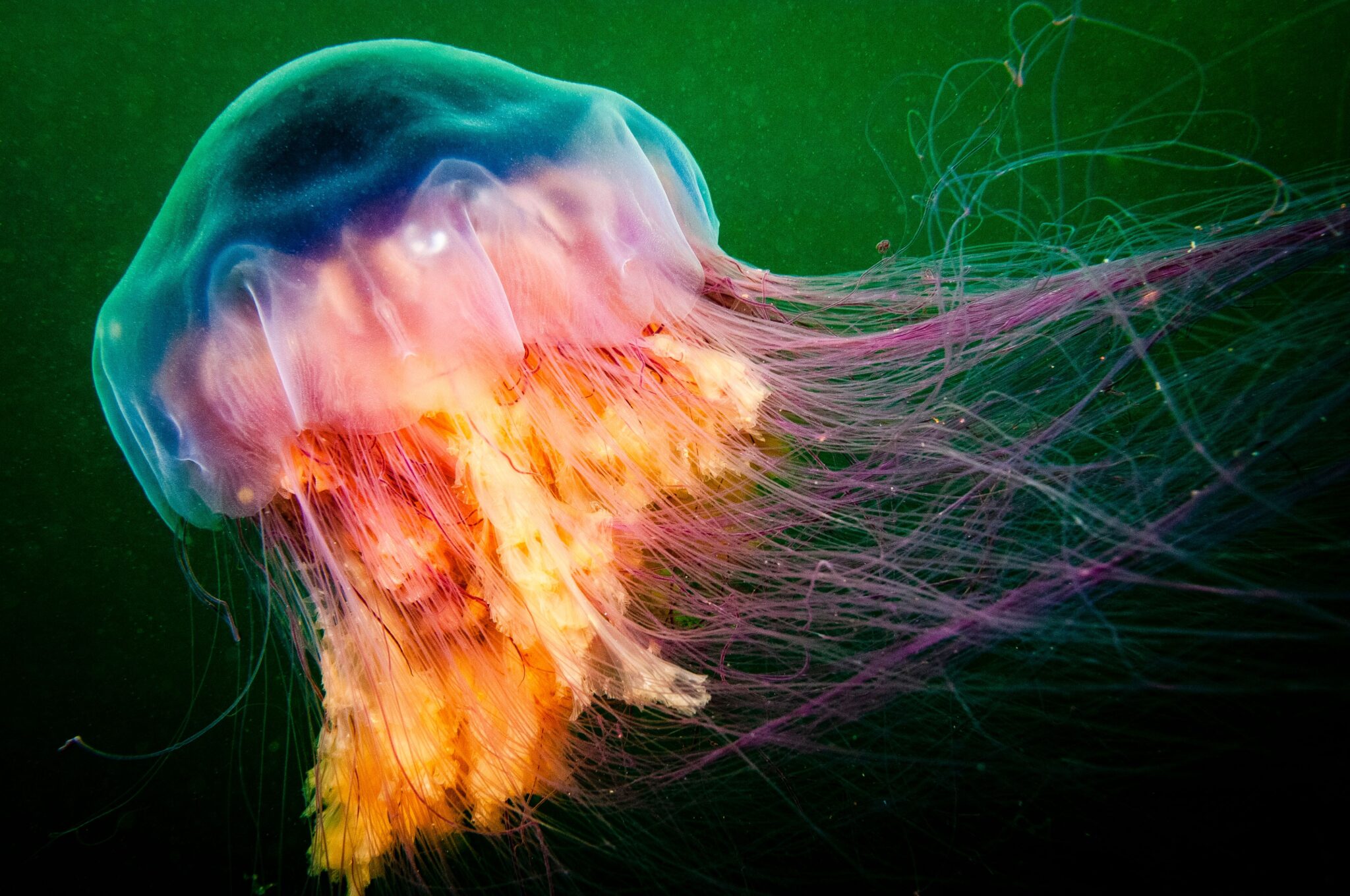
There May be Over 300,000 Species of Jellyfish
Aside from the most common jellyfish, the Moon Jellyfish (Aurelia Aurita), there may be more than 300,000 species today. To put this into perspective, there are only about 1,000 species of sharks and rays! One of the most recent jellyfish species to be discovered was found just off Papua New Guinea in August 2022 and resembles a soccer ball in appearance.
Learning about jellyfish facts is pretty cool, but seeing them up close and personal is even cooler. And, the best way to do that is to become a scuba diver. Learn more about taking the PADI Open Water Diver course by clicking on the button below.
Related Reading:
- Top Places to Dive with Jellyfish
- Three Incredible Jellyfish You Probably Don’t Know About
- Top Places to Dive With Jellyfish
- Portuguese Man of War, Moon Jellyfish & Lion’s Mane: The Stingers of the Ocean
- 6 Interesting Facts About Jellyfish Lake in Palau
This article was written by Juli Berwald. Juli Berwald’s book SPINELESS: The Art of Jellyfish and the Science of Growing a Backbone is now available. For more about her book or writing, please see Juliberwald.com.

